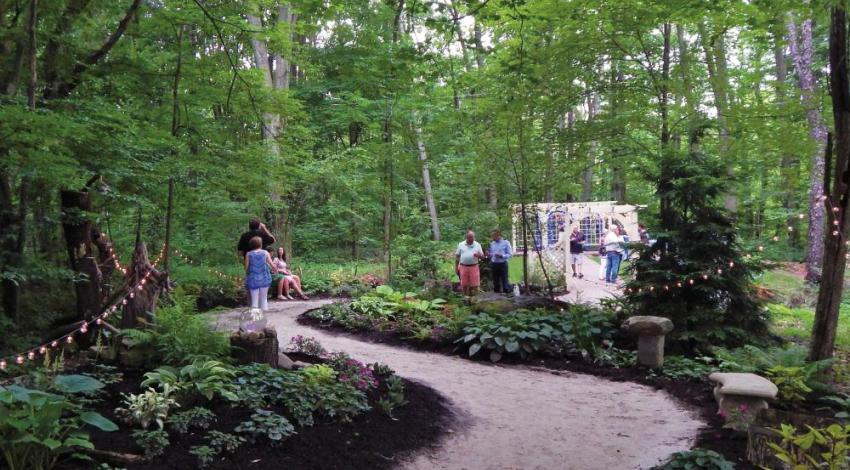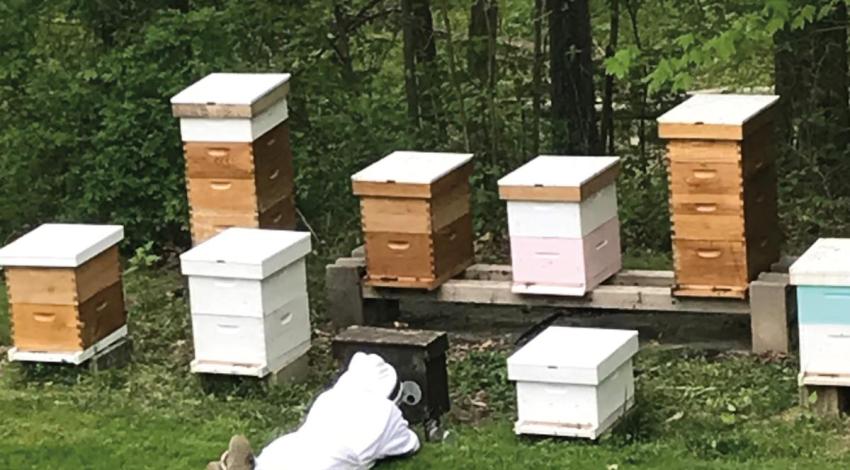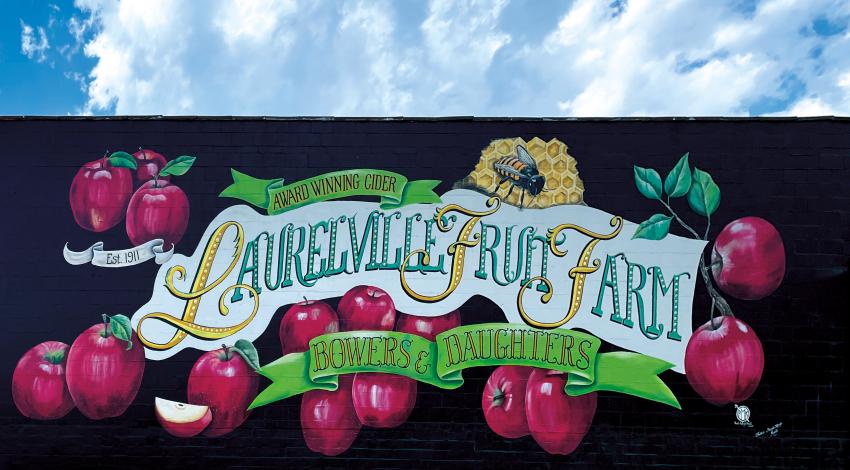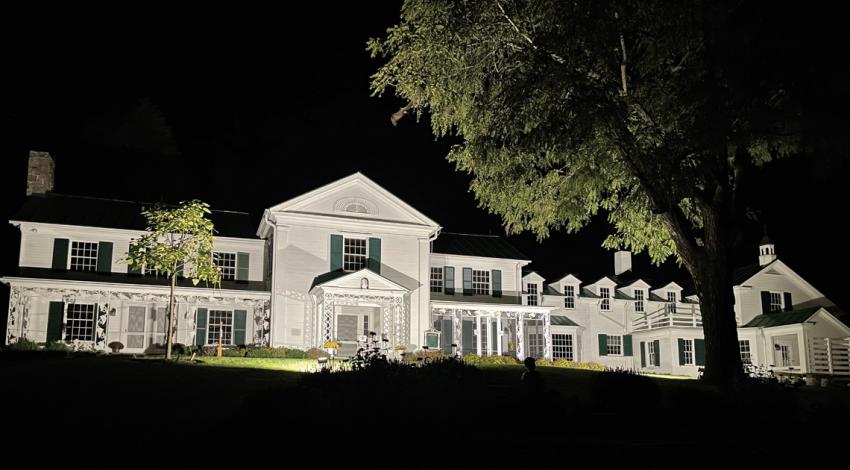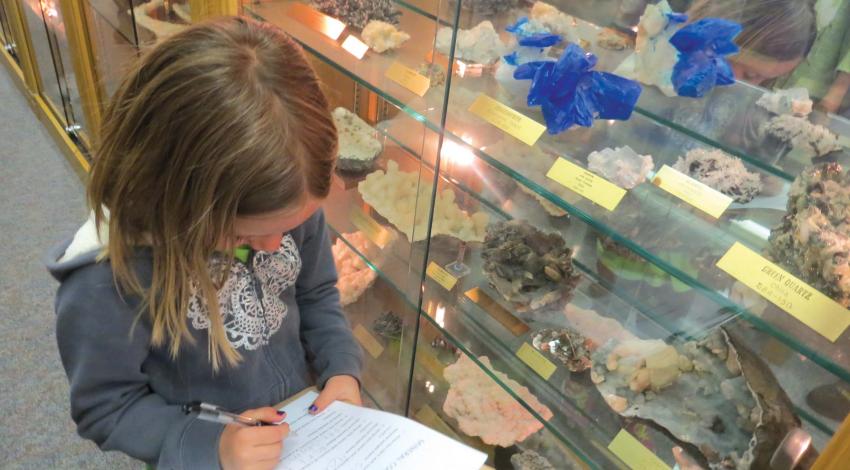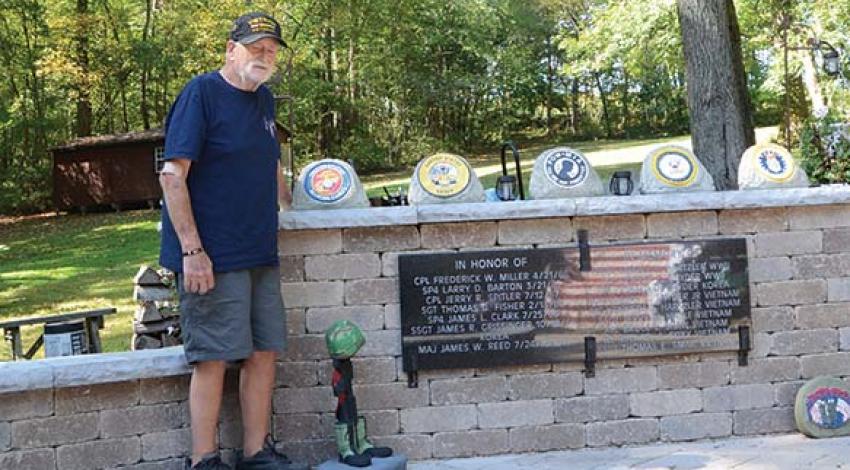Tucked in a scenic area just west of Alliance, Beech Creek Botanical Gardens and Nature Preserve is an enchanting space to discover nature, offering a breath of fresh air for people of all ages.
Beech Creek’s multiple gardens, trails, exhibits, and events — from life-size Lincoln Logs and treehouses in the playground to a caterpillar nursery and annual butterfly parade — are enjoyed yearly by more than 40,000 visitors.
Here are a few of our favorite spaces.
